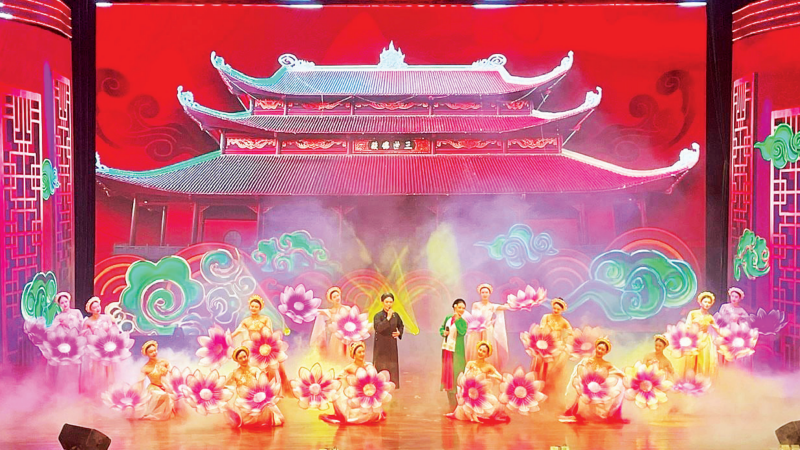
That journey is like a picture filled with brilliant colors of achievements, but also mixed with gray tones of challenges and difficulties, requiring theater workers to continue to constantly innovate and persevere in creating.
Looking back over the past 50 years, in the light of central resolutions on the development of culture, literature and art, such as Resolution 5 of the 8th Central Committee on building and developing an advanced Vietnamese culture imbued with national identity, Resolution No. 23-NQ/TW on continuing to build and develop literature and art in the new period, Resolution No. 33-NQ/TW on building and developing Vietnamese culture and people to meet the requirements of sustainable national development..., it can be seen that Vietnamese theater has had a continuous development in both breadth and depth.
From mainly portraying central characters as images that crystallize the noble qualities of the community, linking the fate of individuals with the fate of the country, the stage after 1975 exploited more "real" and humane issues, delving into reflecting the human condition, highlighting the inner life, relationships with family and society in a market economy .
In particular, not only is there innovation in the content conveyed, the stage also marks changes in the method of artistic activities, with the birth of the non-public stage system, opening up many new approaches to help diversify the appearance of Vietnamese stage.
The past 50 years have also been a time when art lovers have witnessed the golden age of theater in the 80s and 90s, when theaters were constantly lit, and then could not help but feel sad when watching the theater gradually lose its audience, especially since the late 20th century and early 21st century in competition with many new forms of entertainment. Since then, in the context of traditional theater struggling to find audiences, many private units had to dissolve, those who have a passion for theater are still working hard with the mission of preserving their ancestors' heritage. And it is also in the midst of hardship that many creative efforts have taken shape: from the formation of small theaters, cafe theaters to tourist theaters, school theaters; from combining many types of languages to applying technology to staging..., all have contributed to breathing new life into contemporary theater life. The recent sold-out shows of several plays such as the play “The Sick Man”, the play “The 72nd Petition”, the musical “Chi Pheo’s Dream”, the classical opera “The Beauty of the Country”… are “bright spots” that light up hope for the country’s stage.
However, there is still a big “gap” for the stage to regain its former position. And looking directly at the existing weaknesses is the shortest way for the stage to find a breakthrough.
Speaking at the workshop “50 years of innovation of Vietnamese stage art” recently organized by the Vietnam Stage Artists Association, People's Artist Trung Hieu, Director of the Hanoi Drama Theater, commented: The stage is facing many challenges of the times, and one of the most worrying issues is the scarcity of new quality scripts. Many stage plays today still rely on classic works or exploit old themes, so they lack topicality and humanistic depth. Script innovations cannot meet the increasing enjoyment needs of modern audiences. Not to mention, the stage is also lacking a force of passionate young artists who want to stick with it for a long time.
People's Artist Trung Hieu added that many young artists, after graduating, have chosen to move to other fields with better income; meanwhile, veteran artists, although still enthusiastic, due to age and health, cannot work regularly, leading to a shortage in the force of inheriting the stage. Not to mention, many theaters and stages of art units have degraded, lacking modern technical equipment to support the staging of large-scale plays; funding for organizing and promoting plays is also limited... These things make the stage unable to compete with other modern forms of entertainment, gradually falling into a crisis of viewers, especially young viewers.
According to the Director of the Hanoi Drama Theater, to attract audiences to the stage, professionals need to know how to seize opportunities and innovate promptly, promoting the application of technology in staging to increase the attractiveness of the work. Recording plays for online streaming, converting them into digital products, etc. are feasible directions to reach modern audiences. Bringing drama into schools combined with social media, increasing cooperation with units and businesses to organize performances outside the theater are also effective ways. In addition, there should be more festivals and writing competitions for young authors, young directors, etc., because encouraging them to try their hand is the way to renew the language of the stage, finding scripts that address burning social issues.
Affirming the importance of human resource training, especially discovering and nurturing young talents, People's Artist Giang Manh Ha, Vice President of the Vietnam Stage Artists Association, proposed to promote international exchanges and cooperation in the field of art training, sending students and artists to study and research at famous international stage talent training centers; at the same time, have policies to order sponsorship, invest in depth, prioritize young authors, create conditions for them to penetrate reality, absorb more creative energy, thereby exploiting the depth of cultural history with a new perspective as well as finding ways to touch the stories of today's era.
To stimulate the creativity of artists, applying a reward policy and a reasonable treatment regime is considered a key solution. According to People's Artist Vu Ngoan Hop, former Director of the Vietnam Circus Federation, it is necessary to pay attention to building a clear career path for artists, including opportunities for promotion and job transfer when they are no longer performing, helping artists feel secure in their dedication, especially in industries with short career spans such as circus and dance; at the same time, ensuring a treatment regime commensurate with the efforts, career risks and achievements of artists.
People's Artist Vu Ngoan Hop also emphasized the work of developing audiences through professional marketing strategies. Theater units need to have a specialized department to regularly research the market, thereby identifying target audiences, conducting multi-channel communication to bring audiences to quality performances.
Putting the stage in relation to the cultural industry, to go faster and further, the stage needs to be closely linked with education and tourism, both as a tool to inspire and love history and national culture for the young generation, and as an attractive product to attract tourists. To do this, requires a new vision, a new way of doing things, and also the commitment and daring to step out of the comfort zone of those who work in the stage - those who carry within themselves the aspiration to light up the halo of Vietnamese stage.
Source: https://nhandan.vn/thap-len-hao-quang-san-khau-post916553.html


![[Photo] The Steering Committee of the 2025 Fall Fair checks the progress of the organization](https://vphoto.vietnam.vn/thumb/1200x675/vietnam/resource/IMAGE/2025/10/20/1760918203241_nam-5371-jpg.webp)

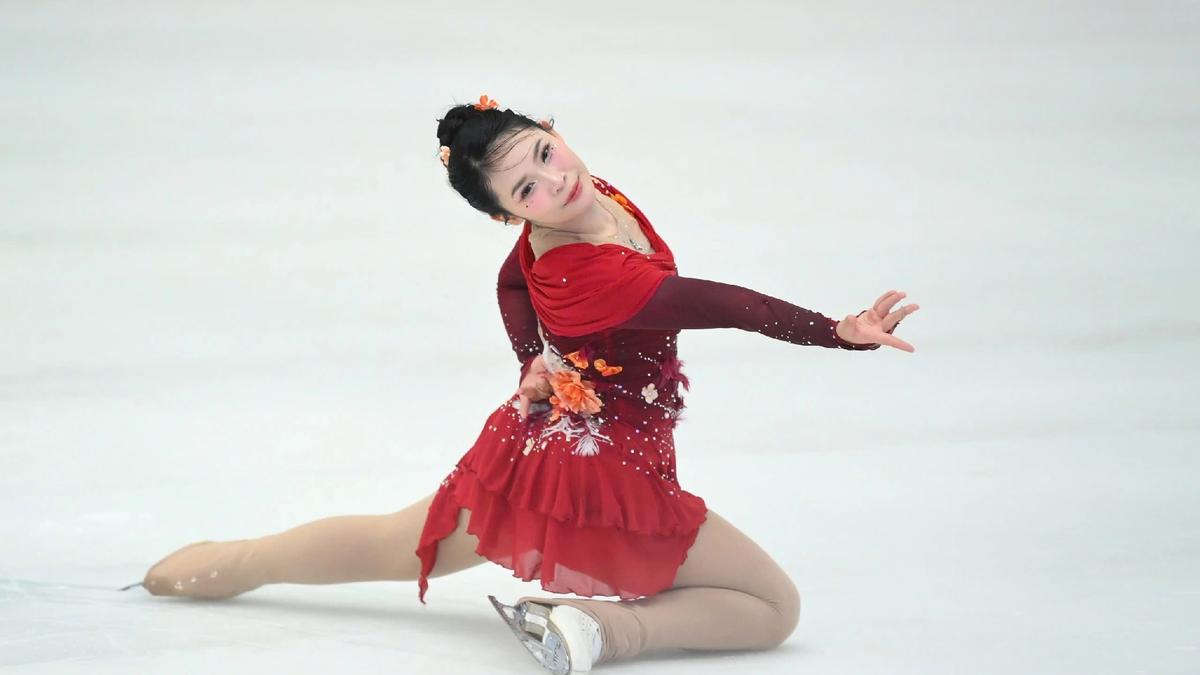



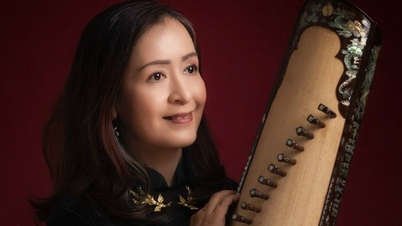


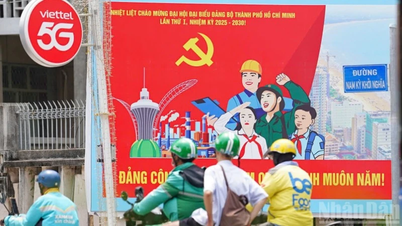


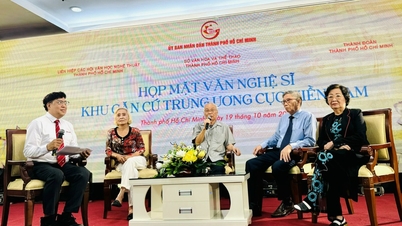
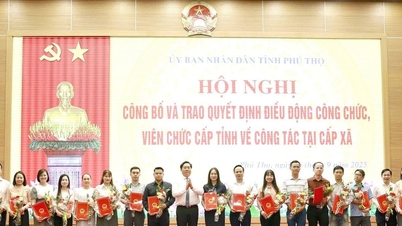





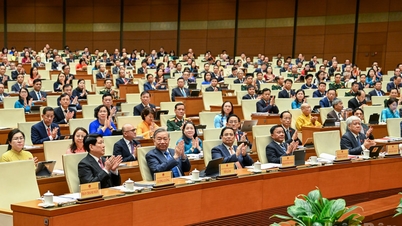

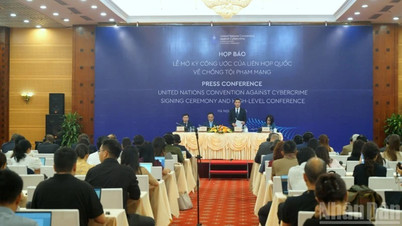
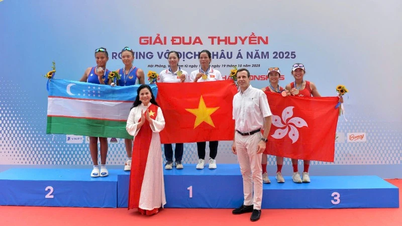
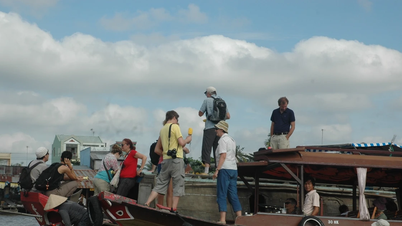



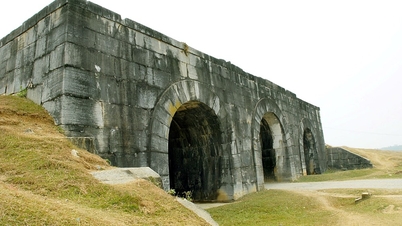

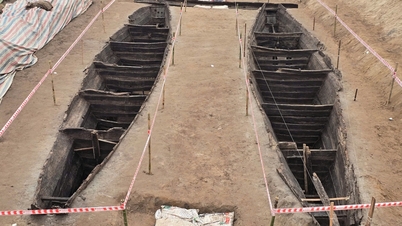
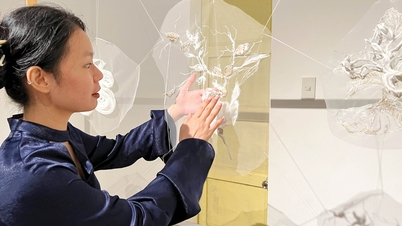

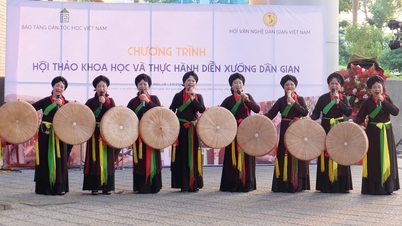



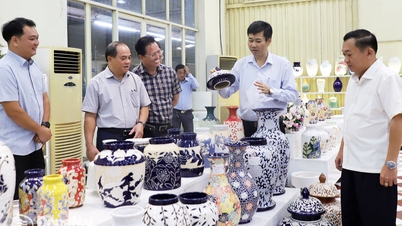

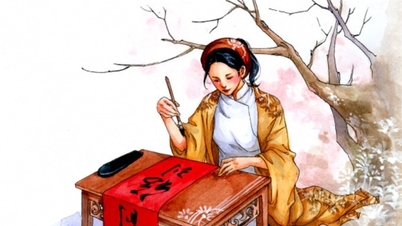

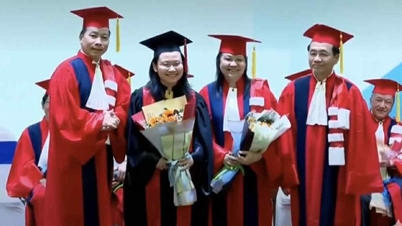



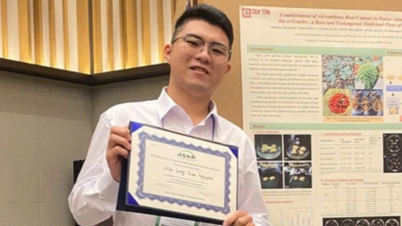
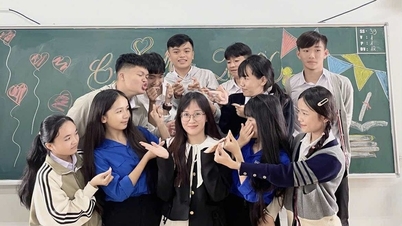

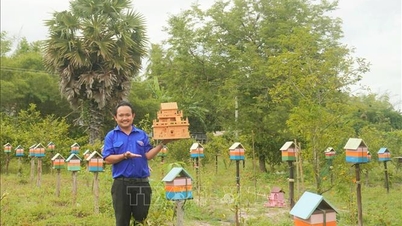






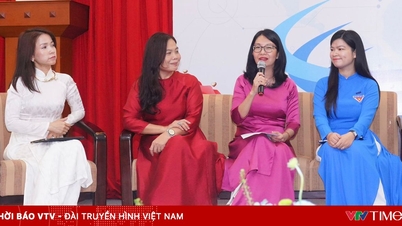
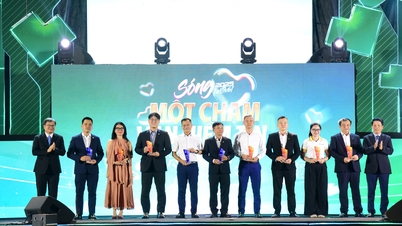








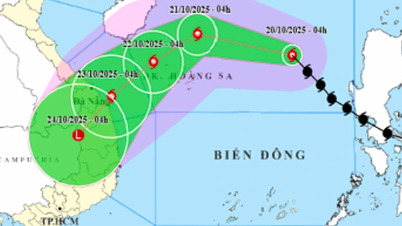

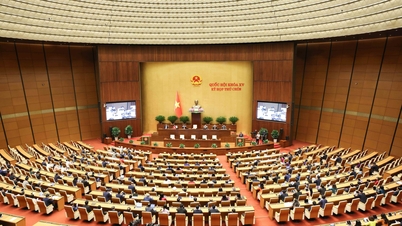
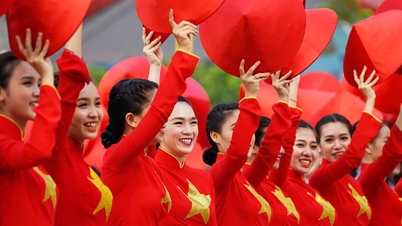

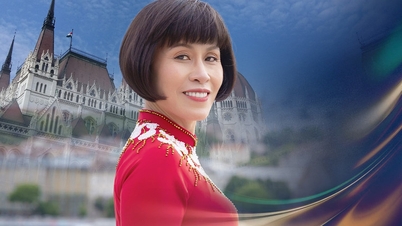
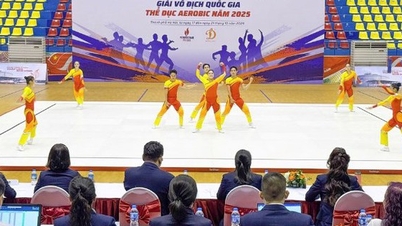

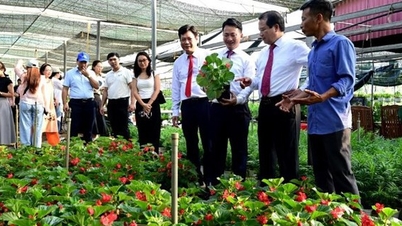
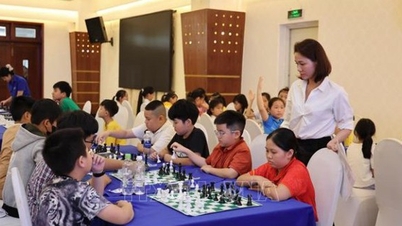

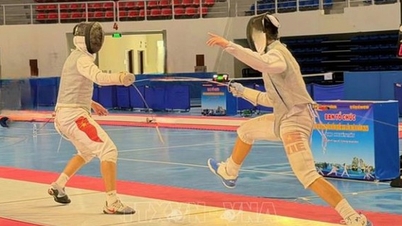
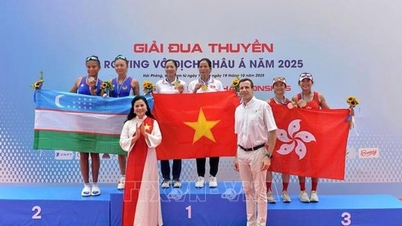
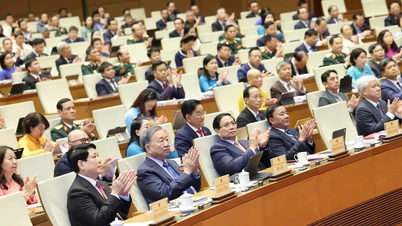

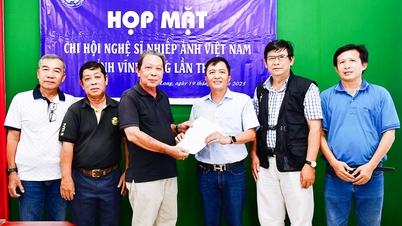

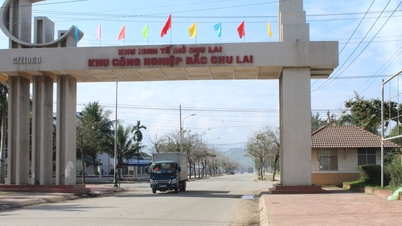

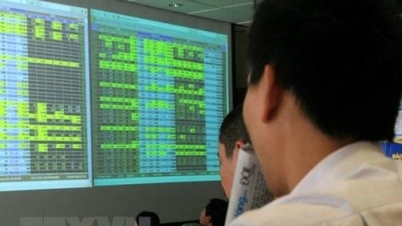

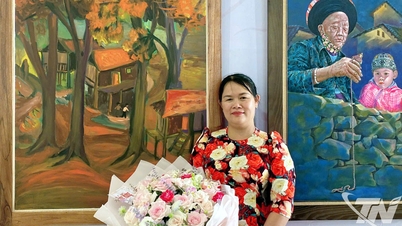

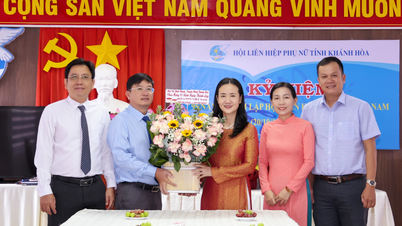











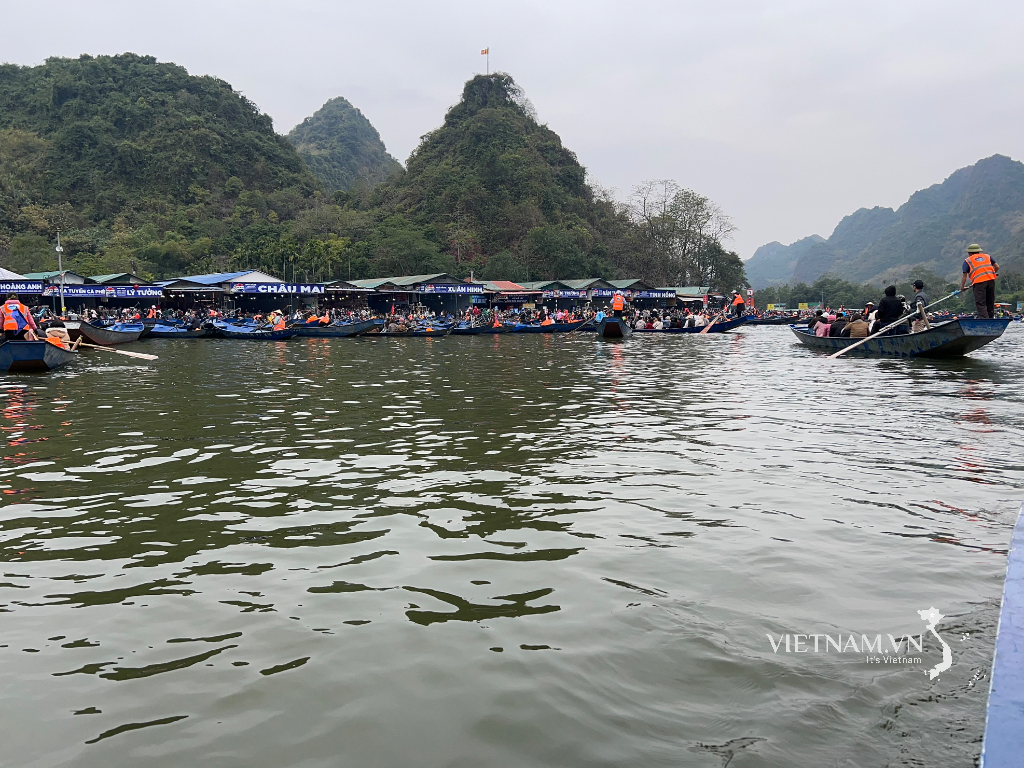



Comment (0)